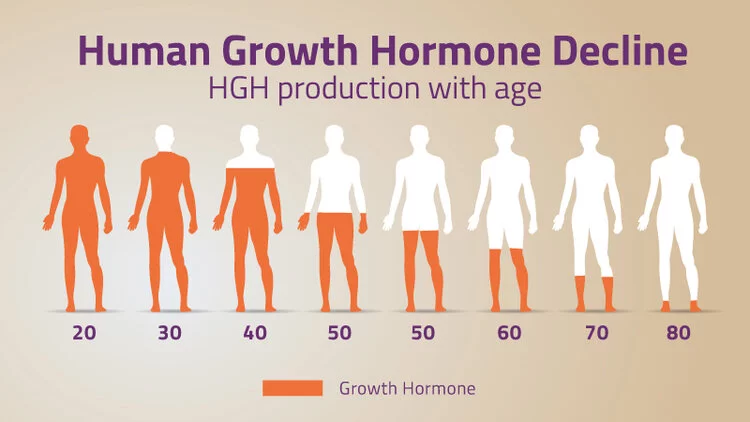Being able to care for disabled people requires a deep understanding of their needs and a willingness of the person to be put first. In addition, there is a need to identify the resources available and the support necessary to maintain their quality of life. Creating a safe and inclusive environment is also important.
Understanding their needs
Disability is a term that refers to a person’s impairment that has a significant impact on their ability to function in society. It can be caused by many factors. These include accidents, illness or aging.
Disabled people are often subject to discrimination and barriers. Access to the right services, programs, and resources is necessary for disabled people in order to make the most possible of their lives.
Many social services and health programs can assist people with disabilities. These organizations are available to patients referred by their health professionals. But, insufficient staff can lead to poor quality care.
People with disabilities have a higher chance of developing chronic conditions. This can lead health inequalities. Moreover, they are also at a higher risk for non-communicable diseases. They are more likely to die early than the average person.
Many people with disabilities are excluded from health programs. However, they are now part of their communities. Some are employed, and others are receiving accommodations. The Convention on the Rights of Persons with Disabilities demands that all states ensure equal access to health care for people with disabilities.
In addition to their health needs, people with disabilities need to be included in financial capability programs. Programs should address the specific issues of people with disabilities, including cognitive, sensory, and physical accessibility. Training and modeling can address these issues.
Passive or offensive language is not a good way to communicate effectively with people with disabilities. Avoid using euphemisms such a challenged, retard, imbecile.
Another option is to use Person First Language. People with disabilities prefer to be identified by their identity first. By avoiding using terms such as ‘challenged’,’retard,’ or ‘imbecile,’ you are showing respect for their dignity.
Inclusion and safety are key to creating a safe environment.
It is important to create a safe environment that is inclusive of disabled people for many reasons. It helps to prevent discrimination at work. It can also improve teamwork, productivity, and open up a wider range of talent.
It takes time and planning to create an inclusive environment. An inclusive workplace can be beneficial for both employees and employers.
Employers should ensure that they are following best practices for creating an inclusive workplace. This includes an inclusive hiring process. They should be open to learning more about the needs of their employees and accommodate them in a way that helps them do their job well.
A disability resource Group (DRG), is a great way of meeting employees with disabilities. These groups offer a safe space for employees to share ideas, solve problems, and pose questions. These groups offer an opportunity to learn about your company’s culture and can help create an inclusive atmosphere.
Teachers must offer multiple ways for students access the material being taught. This could be as simple a visual aid or as complex as providing access to educational programs.
Consider hiring someone who can oversee hearing employees who don’t know sign language if you have a deaf worker. You may also need transportation arrangements.
A company that promotes inclusion in its workplace has the potential to increase its talent pool. It has also reduced the risk of being sued.
It is essential to eliminate any barriers that may prevent people with disabilities reaching their full potential. This could be done by eliminating discrimination at work or building a more inclusive society.
Identify the supports needed or available to ensure the quality life of the family member with a handicap
While a disability organisation brisbane may not be in the cards for your loved one, it’s a fact of life that your loved one isn’t confined to a hospital bed. Putting together the proper supports and resources to aid your loved one in their pursuit of a happy healthy and fulfilling life is no easy feat. The trick is in the execution. There are many agencies and organizations available to assist you in the maze of modern day living. These organizations include, but are not limited, to Social Security, Medicare, and Medicare. From navigating the maze to figuring out which insurance carriers are the best fit for your loved one, these organizations have your back. Having an insurance plan to protect you, your loved one and your home is a big win.
You need to identify the support that your loved one needs, not only do you need to know which insurance companies to choose. This includes a thorough assessment of your loved ones abilities and needs. A fair assessment of your loved ones will help you create a plan that will make your life more enjoyable. Hopefully, this exercise will relegate your loved one to a life of more happiness and less stress.
Eye contact is crucial when communicating with someone with disabilities
Eye contact is a fundamental aspect of nonverbal communication. It can help focus attention, understand messages, and enhance interpretation. It can be difficult for people with autism and mental health disability support melbourne.
Individuals with autism or mental illness may avoid eye contact for various reasons. Some may view it as a barrier that prevents them from communicating, while others may view it a source of stress. People with autism or mental illness should not rush to make eye contact regardless of their reasons.
Studies have examined eye contact in various contexts. The most common contexts include face-to–face conversations. Others include tasks in developmental psychology, which involved observation of naturally occurring infant behavior.
Eye contact is both beneficial and challenging for people with autism or mental health disabilities, according to research. These individuals may be able recognize the limitations of eye contact and struggle to maintain it during conversations. They may also strategize ways to compensate for this difficulty.
Aside from determining the usefulness of eye contact for sending and receiving messages, some studies have also investigated how it affects cognitive processing. This is crucial for researchers interested in the relationship between eye contact and human social interaction.
Future studies should examine whether gaze location can be used to reflect subjective eye contact experience. The general direction of the gaze might have a greater impact on eye contact experience than specific locations.
Other studies have used indirect approaches, such as video recordings, to assess eye contact. These assessments are not always reliable and can lead to incoherent research results.
When there is no family to care for them, commit to skilled nursing facilities
It is usually difficult to decide whether to move a loved member to a skilled facility. In fact, moving a loved one with dementia can be a stressful experience. There are steps you could take to ease the stress if this is something you are considering.
The most obvious first step is to gather information about the SNF and their policies. Is there a requirement for a third party to guarantee payment? The obvious answer to this question is yes. Does the SNF work with state agencies to ensure payment?
Likewise, if the SNF isn’t willing to provide the cheapest possible price for your loved one, a court order is your best bet. It’s also a good idea to make sure the facilities medical staff is up to speed on your loved one’s needs. This is especially important for someone who is diabetic, or has a serious medical condition.
The most important part of your decision about whether to move your loved-one to a new facility or not is to gather as much information possible. It is a good idea for your loved one to be as informed as possible about their condition and the care they receive. This will not only help you to understand your loved one, but it will also help you avoid paying more.
Talking to your loved one is the best way to learn more about them. Take the time to listen to what they have to say and ask questions to learn more about their specific needs. They may even be able suggest an organization that can help.




